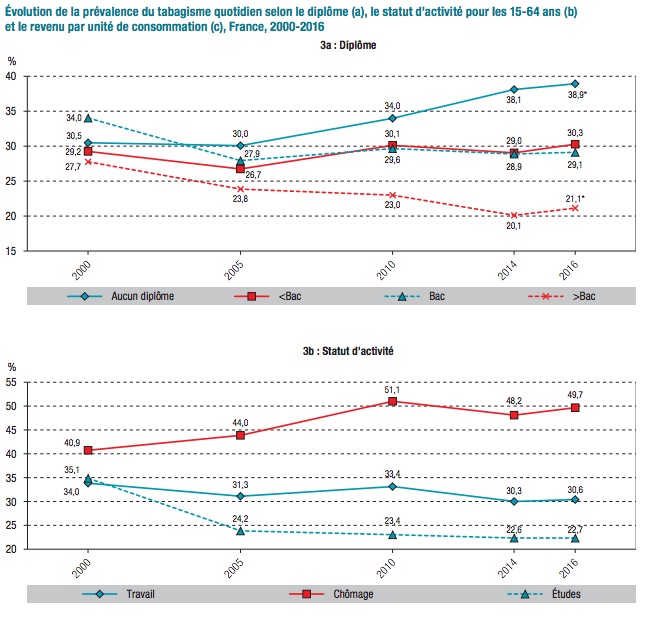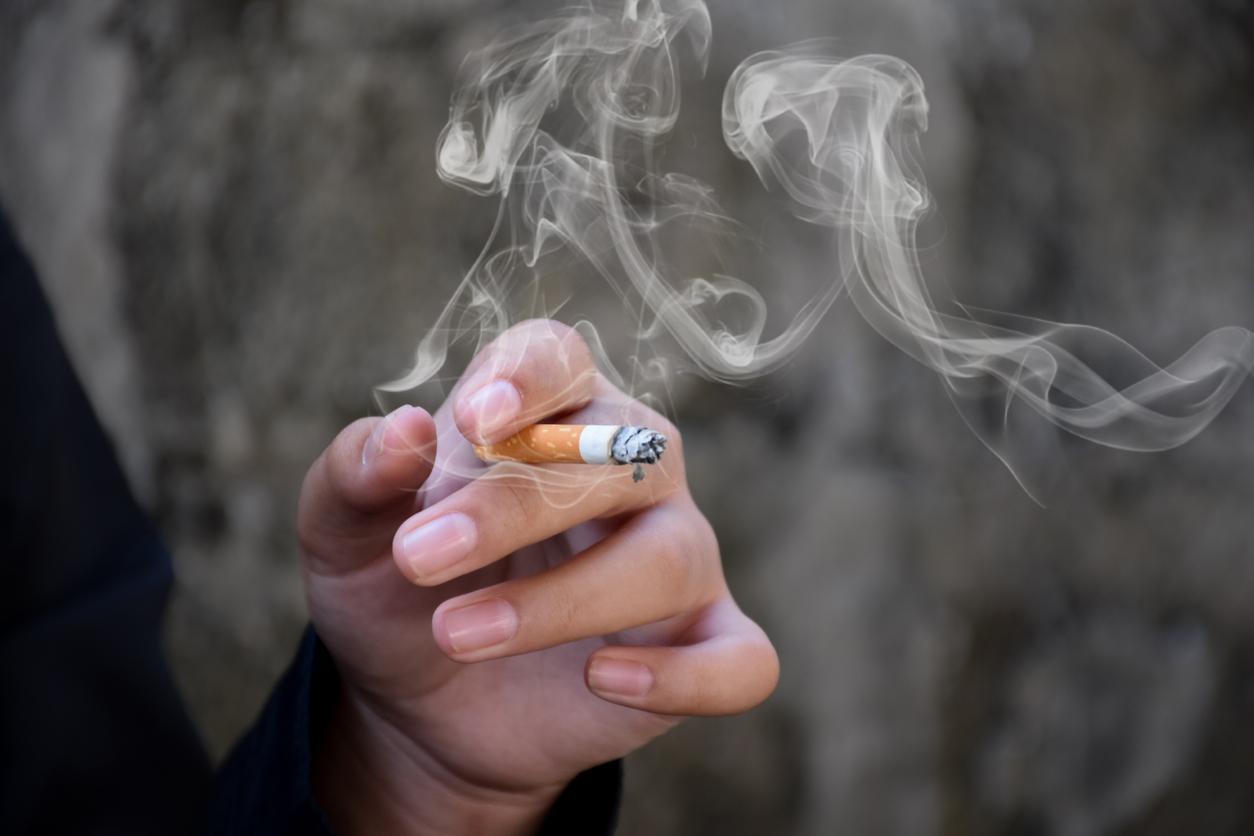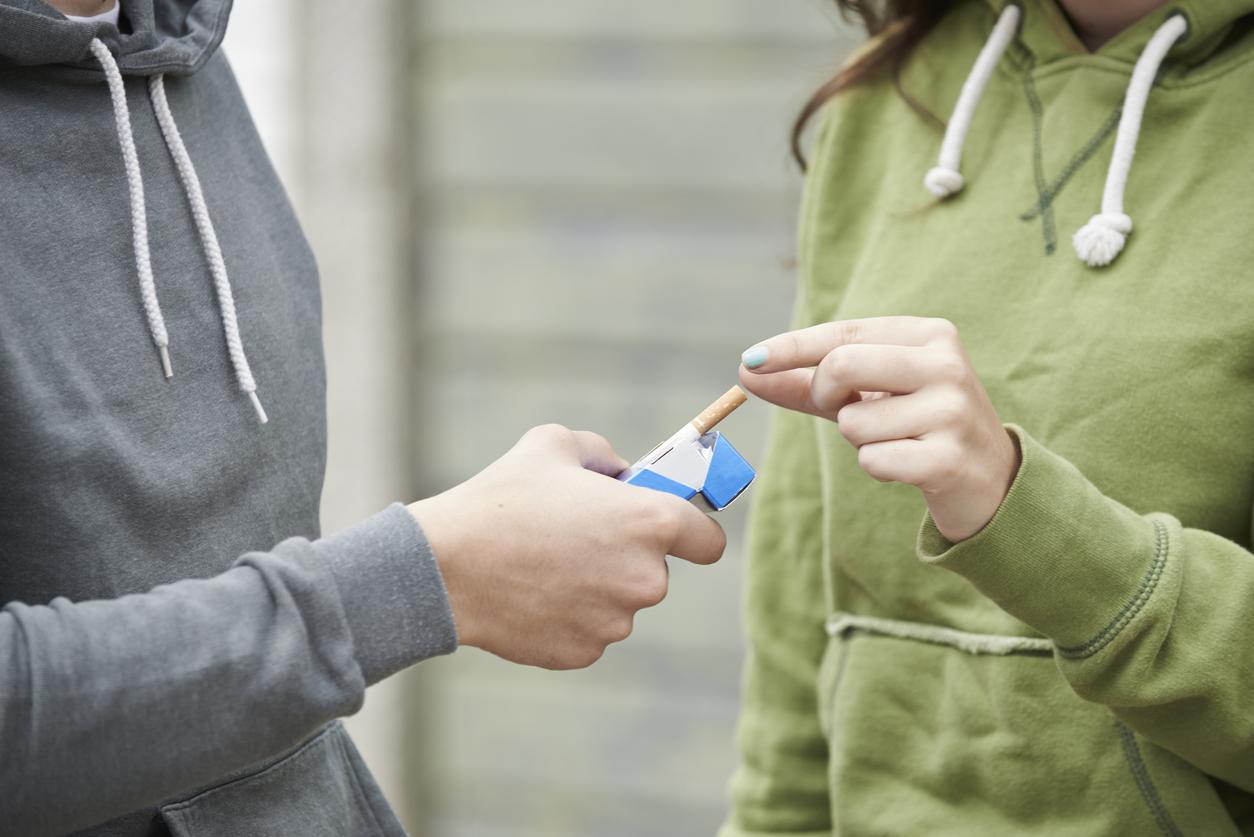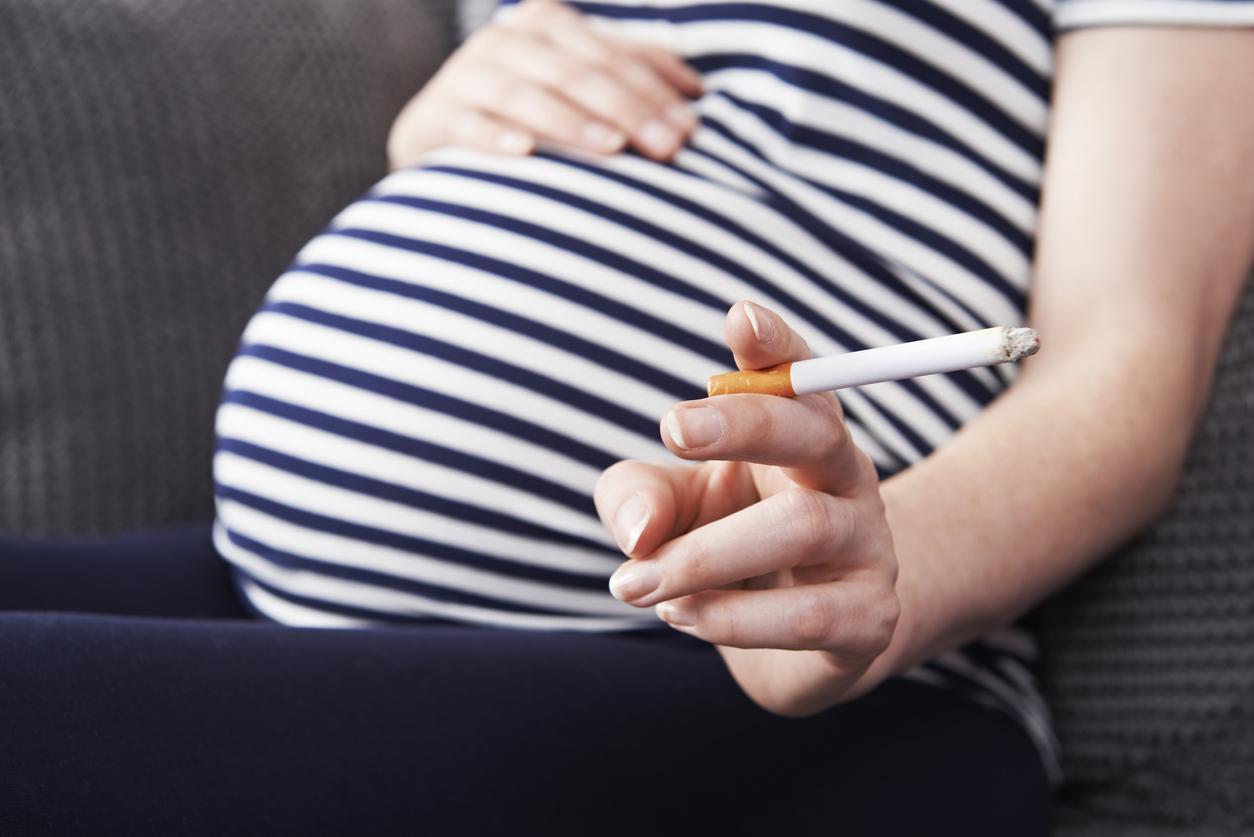The proportion of smokers has increased within the disadvantaged social classes, while it tends to decrease in the rest of the population.

Is tobacco a poor man’s drug? At seven euros for twenty cigarettes, one could doubt it. And yet, smoking has never marked social condition to such an extent, according to the last Weekly Epidemiological Bulletin of Public health France. The agency is thus publishing its 2016 Health Barometer, a random survey carried out by telephone among 15,200 people aged 15 to 75 years old, residing in mainland France.
The results first show that the prevalence of smoking decreases over the years, but slowly. In France, in 2016, 28.7% of respondents smoked daily. This is slightly less than in 2010 (29.1%), the year which followed a sharp increase in smoking in France (from 31.4% to 33.7% between 2005 and 2010). In addition, since 2010, daily smoking has decreased significantly among men aged 25-34 (from 47.9% to 41.4%) and among women aged 15-24 (from 30% to 25.2%). ).
Social inequalities are growing
But these data do not allow us to get excited. France remains one of the countries where people smoke the most. If we add to these daily smokers occasional users, the smoking prevalence in France reaches a third of the population, one of the worst rates in Europe.
Moreover, the observed reductions seem to concern only a part of the population, the most privileged. Between 2010 and 2016, while the prevalence of smoking increased from 23.5% to 20.9% among the highest income earners, it increased from 35.2% to 37.5% among people in the lowest income bracket. And even reaches 50% among the unemployed. “The differences according to the level of diploma follow a similar trend, thus testifying to an increase in social inequalities in terms of smoking”, note the rapporteurs.

Stress, mistrust, dependence
Several factors may explain a higher prevalence of smoking among socially disadvantaged populations, according to the BEH. The authors thus cite the use of cigarettes “to manage stress, the difficulty of projecting oneself into the future, mistrust of prevention messages, denial of risk, greater nicotine dependence, a norm social support for smoking or difficult childhood events ”.
In addition, the process of quitting differs depending on the socioeconomic situation: smokers from less privileged social categories are as likely as others to want and try to quit smoking, but they do so less often, we can read.
“In order to better understand these inequalities, a French publication dealing specifically with the use of psychoactive substances according to the professional situation (in employment or in unemployment) concluded that there was a need to carry out suitable, effective and acceptable prevention actions for the most disadvantaged” .
.

















